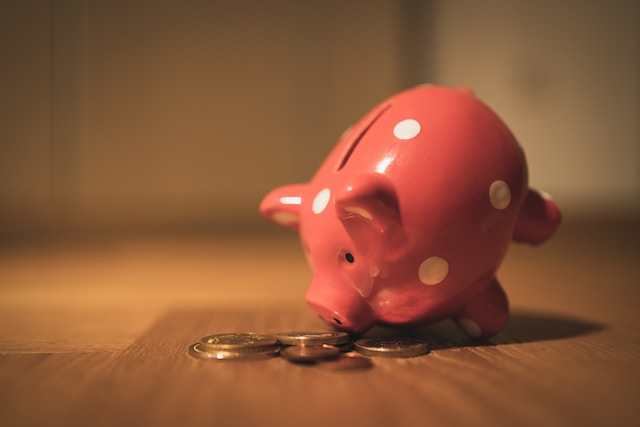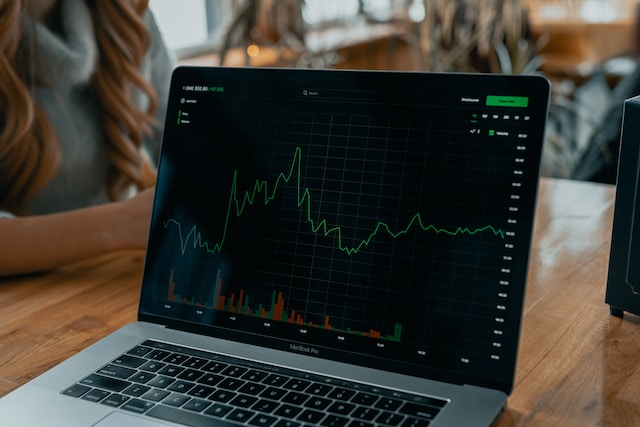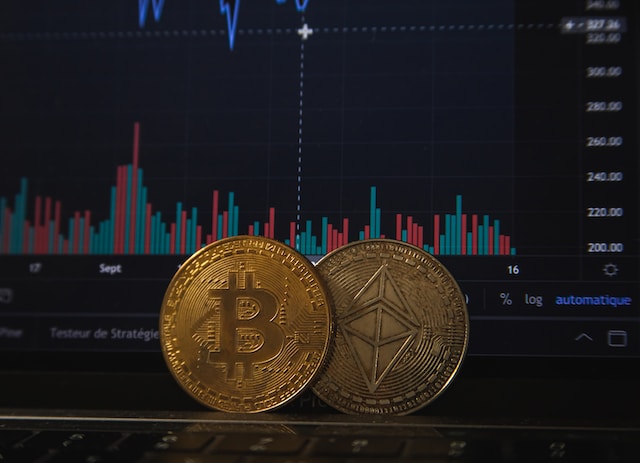Diamonds have long captured the imagination and desire of individuals worldwide, not only for their exquisite beauty but also as a sound investment. The diamond market offers a unique investment opportunity, combining elements of rarity, intrinsic value, and emotional appeal. To explore this avenue, we will delve into the world of diamond investments and provide insights from professional investors and financial experts who recognize diamonds as a promising asset class.
Diamonds as an Investment: A Perspective from the Experts
Chris Thompson, Investment Advisor: “Diamonds have historically retained and even increased in value over time. Unlike other investments, diamonds do not depend on market trends or economic conditions. They represent a tangible, portable, and enduring store of wealth.”
Dr. Emily Parker, Gemologist and Financial Analyst: “The appeal of diamonds as an investment is underscored by their limited supply. While they may be precious to many, they are genuinely scarce in nature, making them a finite resource that appreciates over time.”
John Reynolds, Wealth Manager: “Investing in diamonds is an excellent way to diversify your investment portfolio. Diamonds do not correlate with traditional asset classes, such as stocks or bonds, offering investors a hedge against market volatility.”
Diamond Investments in Numbers
According to Delagem Diamond Market Survey:
1. The global polished diamond market is on track to reach a substantial $100 billion by 2023, underlining its significant growth potential.
2. The United States holds a commanding position in the worldwide consumer market for polished diamonds, with a staggering 54% of this lucrative market firmly under its sway.
3. A groundbreaking shift in the diamond industry is taking place, with over half of the polished diamonds sold in the U.S. since the summer of 2023 originating from laboratories. This market share is expected to expand further in the near future.
4. During the 2021-2023 period, lab-grown polished diamonds have experienced a substantial price decline of up to 60%, while natural polished diamonds have remained relatively stable in terms of pricing.
5. A discernible trend has emerged among young and high-income consumers, who show a preference for branded diamond jewelry, with nearly 75% of their choices reflecting this inclination.
6. Despite the evolving market landscape, the global demand for diamond jewelry has seen a decline ranging from 5% to 17% across various countries in 2023, as measured by volume. This indicates the importance of carefully assessing the market dynamics for potential investors.
Forms of Financing in the Diamond Market
Direct Diamond Purchase: The most straightforward method involves buying polished or rough diamonds outright. However, this requires significant capital and expertise in assessing diamond quality.
Diamond Mining Company Stocks: Consider investing in diamond mining companies like De Beers, Alrosa, or Rio Tinto. These companies offer exposure to the diamond market without the need to purchase individual stones.
Diamond Funds: Mutual funds and exchange-traded funds (ETFs) focused on the diamond industry can provide diversified exposure to the market. These funds are managed by experts who select a portfolio of diamond-related stocks.
Diamond Certificates: Some financial institutions offer certificates that represent ownership of a specific diamond. These certificates can be traded like stocks, providing liquidity and flexibility.
Diamond-Backed Loans: Many financial institutions offer loans secured by diamond collateral. This option allows you to unlock the value of your diamonds without selling them.
Diamond Auctions: Participating in diamond auctions can be a viable financing method. It allows investors to buy and sell diamonds at market prices. Expert advice is crucial in this case.
Diamond Trading Platforms: Online platforms have emerged, connecting buyers and sellers directly. These platforms offer transparency and can be a convenient way to enter the market.
Investing in diamonds is not without its challenges. Unlike traditional assets like stocks or bonds, diamonds lack a standardized pricing mechanism, making valuation and liquidity more complex. Therefore, professional guidance is crucial to make informed decisions.
Dr. Emily Parker advises, “Investors should educate themselves about the 4Cs – cut, color, clarity, and carat weight – to assess the quality and value of diamonds. Engaging with a reputable gemologist or diamond expert can help you make wise investment choices.”
Additionally, investors must consider the costs associated with diamond investments, including insurance, storage, and maintenance. For those seeking a long-term store of value, the long-term benefits may outweigh these expenses.
Diamond investments can serve as a unique addition to a well-diversified portfolio. Professional investors recognize the allure of these precious gemstones as a way to hedge against economic uncertainties and market fluctuations. However, it is essential to approach diamond investments with care, ensuring proper research and seeking advice from experts in the field.
In conclusion, diamonds are more than just sparkling jewels; they are a tangible and enduring store of wealth. The allure of rarity and timeless beauty, coupled with the insights of investment professionals, underscores the potential of diamonds as an asset class. Whether through direct purchase, mining company stocks, certificates, loans, auctions, or trading platforms, the diamond market offers a range of financing options for astute investors. As with any investment, due diligence, expert guidance, and patience are key to success in this captivating world of gemstone investments.



